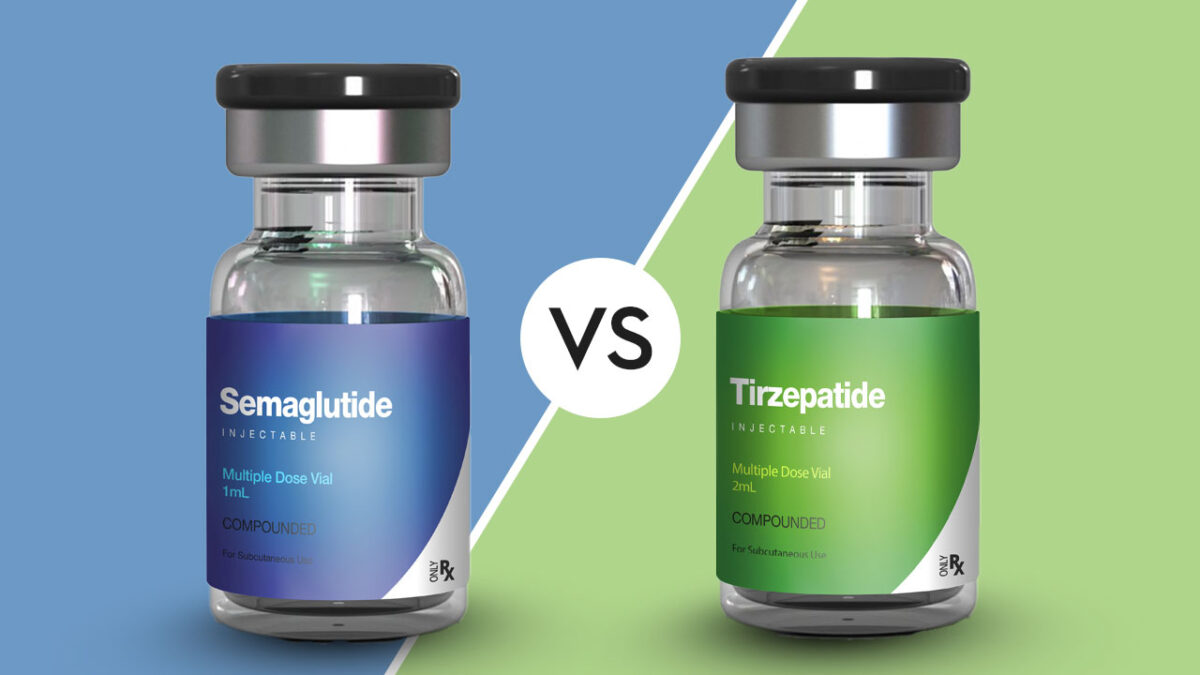- Courses
- GS Full Course 1 Year
- GS Full Course 2 Year
- GS Full Course 3 Year
- GS Full Course Till Selection
- Answer Alpha: Mains 2025 Mentorship
- MEP (Mains Enrichment Programme) Data, Facts
- Essay Target – 150+ Marks
- Online Program
- GS Recorded Course
- Polity
- Geography
- Economy
- Ancient, Medieval and Art & Culture AMAC
- Modern India, Post Independence & World History
- Environment
- Governance
- Science & Technology
- International Relations and Internal Security
- Disaster Management
- Ethics
- NCERT Current Affairs
- Indian Society and Social Issue
- NCERT- Science and Technology
- NCERT - Geography
- NCERT - Ancient History
- NCERT- World History
- NCERT Modern History
- CSAT
- 5 LAYERED ARJUNA Mentorship
- Public Administration Optional
- ABOUT US
- OUR TOPPERS
- TEST SERIES
- FREE STUDY MATERIAL
- VIDEOS
- CONTACT US
Autonomous Surface Vessels (ASVs): India-U.S. Collaboration for Defence Innovation
Autonomous Surface Vessels (ASVs): India-U.S. Collaboration for Defence Innovation
21-03-2025

What are Autonomous Surface Vessels (ASVs)?
- Autonomous Surface Vessels (ASVs) are robotic vehicles that operate on the sea surface, primarily used for recording oceanographic data and enhancing maritime surveillance.
- These vessels use wave power or propeller-driven propulsion systems.
Advantages of Autonomous Surface Vessels (ASVs)
- Larger payload capacity and higher battery endurance compared to Autonomous Underwater Vehicles (AUVs).
- Sustain prolonged operations using renewable energy sources like solar and wind power.
- Enable enhanced capabilities in anti-submarine warfare (ASW) and undersea domain awareness (UDA).
Challenges
Navigational risks in congested waters remain a key concern for autonomous operation.
India-U.S. Partnership for Wave Glider ASV
Under the U.S.-India Defence Industrial Cooperation Roadmap, a Memorandum of Understanding (MoU) has been signed between:
-
- Liquid Robotics (a Boeing subsidiary), and
- Sagar Defence Engineering Pvt. Ltd., an Indian startup specializing in unmanned systems.
Wave Glider ASV: A Strategic Platform
- The Wave Glider is a critical ASV platform aimed at:
- Enhancing undersea domain awareness (UDA),
- Enabling system-of-systems interoperability,
- Facilitating ocean testing,
- Establishing a Maintenance, Repair, and Overhaul (MRO) facility in India.
- This is the first such co-development project between a U.S. company and an Indian startup, marking a milestone in bilateral defence cooperation.
Broader Context: Autonomous Systems Industry Alliance (ASIA)
- The partnership is part of the Autonomous Systems Industry Alliance (ASIA) initiative launched during PM Modi’s visit to the U.S.
- ASIA aims to expand industry partnerships and production capabilities across the Indo-Pacific region.
Other Key Underwater Domain Awareness (UDA) Technologies Identified for Co-Production
Apart from the Wave Glider, several UDA-related systems are being explored under India-U.S. collaboration:
- Sea Picket: Autonomous surveillance system with sonar acoustic array (Thayer Mahan).
- Low Frequency Active Towed Sonar.
- Multi-Static Active (MSA) Sonobuoys:
- First-of-its-kind India-U.S. co-production announced in January.
- Ultra Maritime (UM) partnering with Bharat Dynamics Limited (BDL) for manufacturing in India.
- Large Diameter Autonomous Undersea Vehicles (produced by Anduril).
- Triton Autonomous Underwater and Surface Vehicle (produced by Ocean Aero)



